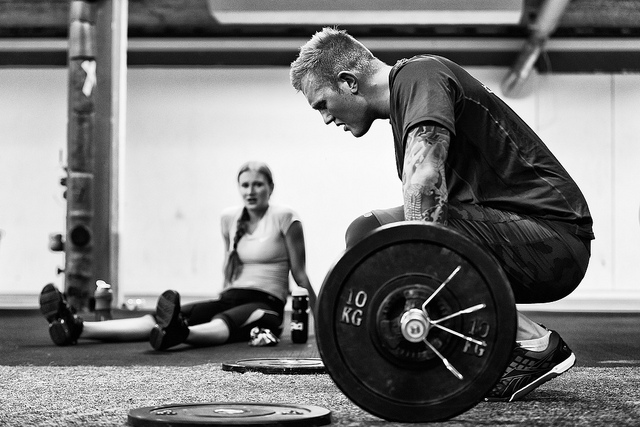Muscles grow stronger and larger from the time you’re born to around the age of 30. At some point in your thirties, you start to lose muscle function and mass. This age-related loss of muscle mass is called sarcopenia.
Certain factors that can cause sarcopenia are beyond our control, such as environmental conditions or diseases. However, the condition is generally attributed to three main factors: protein deficiency, motor unit restructuring, and changes in hormone concentrations.
There is no specific level of muscle mass or test that will diagnose sarcopenia. Even physically active people experience some muscle loss in their 30s, while inactive people can lose as much as 3-5% of their muscle mass. Sarcopenia usually speeds up around the age of 65, increasing the likelihood of fractures and falls in older adults.
It was thought that nothing could be done about the condition as the years pass. However, this assumption was incorrect, because sarcopenia may be inevitable, but there are various things a person can do to delay or slow the condition down. According to a 2014 research, resistance training plays a key role.
Muscle Density
We lose more than half of our muscle mass by the time we reach our 70s, which is why we easily tire and feel weak as we age. Resistance training is important, because it can help maintain our muscles dense and active. People who lift weights will experience an increase in testosterone levels, which is essential for boosting metabolic activity and building lean mass. According to a 12-month study on the effects of resistance training on strength gains and muscle morphology in older, postmenopausal women, a long-term resistance training program “provides positive changes that can retard the development of sarcopenia”. No matter what your age is, working actively on your physique can influence your body’s recovery. Don’t let your age be a limit, equip yourself with patience and some gym wear to exercise properly, find the right complete training program, and keep yourself strong and agile.
Bone Density
During mid-life, the process of bone loss speeds up for both men and women. This is an inevitable natural occurrence as well, and its effects can be tackled and postponed as well. The low-bone mass condition is called osteoporosis, and high-intensity strength training can, in contrast to traditional nutritional and pharmacological approaches for improving bone health and density in older adults, influence multiple risk factors of the condition. The right strength training can increase bone density, reduce the severity of fall-related injuries, and help maintain quality of life and functional ability.
Develop a Diet
The key factor in any kind of battle for the preservation of health is – nutrition. Through food, we supply our bodies with the nutrients necessary for enabling us to endure and improve our health and well-being. Protein, as the element crucial for building muscle mass, should be consumed at least within one meal per day. Besides lean protein, add dairy products to your diet, as well as vitamin D, creatine, whey protein, and omega-3 fatty acids, as they help prevent muscle atrophy, reduce the incidence of sarcopenia, and preserve lean body mass. Some of these nutrients can’t be found in food in the needed amount, so you can opt for quality supplementation to add the necessary nutrients.
Effective Strength Training
Aerobic and resistance exercises are the two types of training essential for creating a good strength training program. Aerobic exercises are not enough for an aging adult for maintaining health. Strength exercises are thus necessary for battling sarcopenia, because, when combined with other forms of training, they help improve bone strength, immune response, posture, and enhance your metabolic rate. There are equipment-free strength exercises that older adults can perform to keep themselves active, such as lying hip bridges, squats to chair, wall push-ups, side lying circles, wall angels, side planks, and deadbugs.
Sarcopenia is most likely to be experienced by people who lead a sedentary lifestyle, as it’s a sure way into serious muscle mass loss later in life. Resistance training is not a cure for sarcopenia, but is a sure and efficient way for slowing the condition down, and even postponing it. You’ve probably heard about people who have managed to finish a marathon at 100 years of age. This tells us that growing old doesn’t have to mean growing weak.






